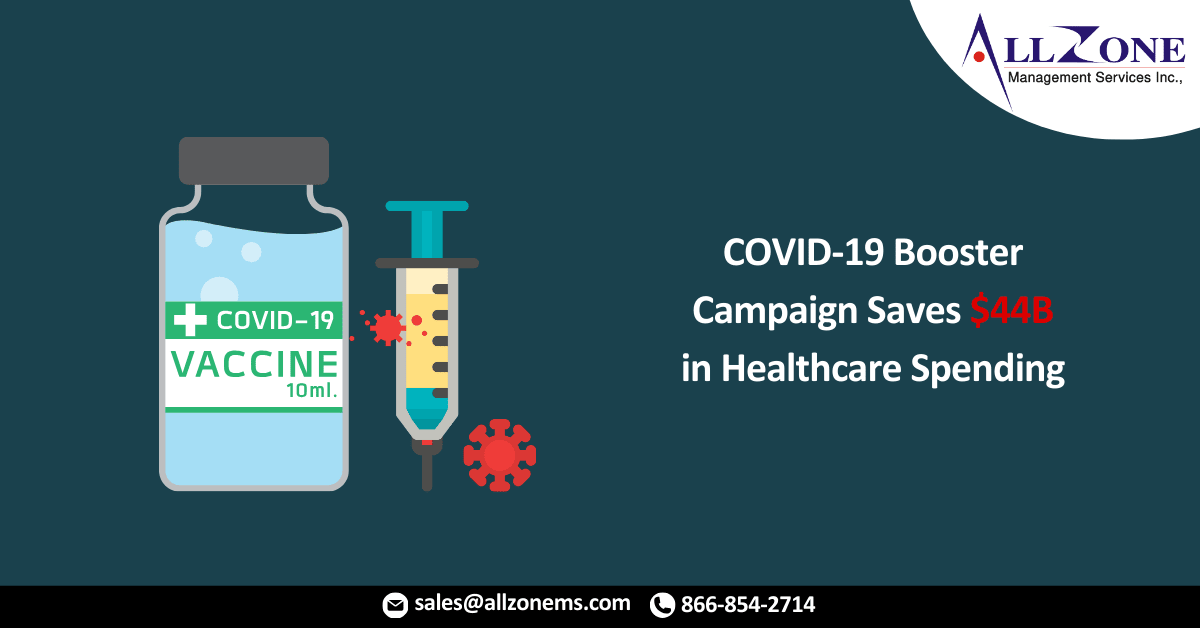In addition to healthcare spending reductions, Commonwealth Fund also reports that a COVID-19 booster vaccination campaign would also prevent over 75K deaths and 745K hospitalizations.
A COVID-19 boost vaccination campaign could seriously impact potential healthcare spending this fall and winter, according to a new analysis from the Commonwealth Fund.
The private think tank recently examined the potential impact of a surge in cases during the upcoming fall and winter after studying in July the impact of an early fall vaccination campaign. Researchers evaluated how accelerated delivery of booster doses would affect hospitalizations, deaths, and direct medical costs using the previously developed simulation model under different scenarios, including two vaccine campaign scenarios.
The US healthcare system would avoid $44 billion in direct medical costs through March 31, 2023, if a fall booster vaccination campaign reaches similar coverage as the influenza vaccine in 2020 and 2021. The analysis also shows that more than 75,000 deaths and more than 745,000 hospitalizations would be avoided compared to a baseline scenario with no fall booster vaccination campaign.
Healthcare savings could increase though if a fall booster vaccination campaign is even more successful, the analysis indicates.
If 80 percent of eligible individuals 5 years and older receive their booster dose by the end of 2022, then the US could dodge $56 billion in direct medical costs over the six-month period. The campaign would also prevent approximately 90,000 deaths and more than 936,000 hospitalizations compared to the baseline scenario.
Federal programs including Medicare and Medicaid would see a significant share of the savings, with accelerated campaigns expected to generate more than $10 billion in net savings for all programs.
Specifically, Medicare would save between $11 billion and $13 billion in direct medical costs through March 2023 depending on how successful a fall booster vaccination campaign would be. Medicaid would save between $3.5 to $4.5 billion.
Private insurers would also benefit financially from a fall campaign. The analysis estimates that private payers would accrue $27 billion in savings if COVID-19 booster uptake is similar to flu vaccine coverage. Savings jump to $34.7 billion if 80 percent of the eligible population get their booster shots.
Avoiding the medical costs and adverse outcomes though, depends on funding for the fall COVID-19 booster vaccination campaigns, researchers warn.
“As population immunity wanes and new variants capable of evading protection from earlier vaccines and natural infection continue to emerge, surges in hospitalizations and deaths during the upcoming fall and winter are increasingly likely,” they state in the analysis.
“Federal funding for COVID-19 vaccines and treatments has stagnated, hindering access at a crucial time. The recent FDA approval of bivalent boosters offers an opportunity to curb transmission; a vaccination campaign that moves aggressively could avert a surge of hospitalizations and deaths, and save money in the process,” they concluded.
Commonwealth Fund projects a peak of around 16,000 hospitalizations and 1,200 deaths per day by March 2023 if vaccination continues at its current pace through the end of March 2023.
About 68 percent of the US population is fully vaccinated against COVID-19, according to data from the US Centers for Disease Control and Prevention (CDC) at the time of this article’s publication. However, the same data also shows that only about half of those people have received one booster.
The US Food and Drug Administraiton (FDA) in August authorized both Moderna’s and Pfizer-BioNTech’s bivalent COVID-19 vaccines for use as a booster dose.
For More Information: analysis covid 19 booster campaign could save 44b in healthcare spending

